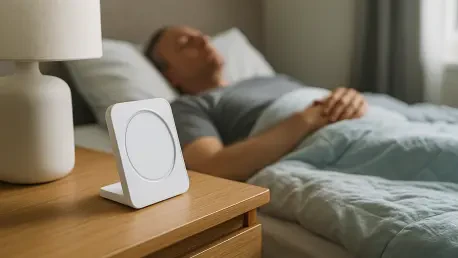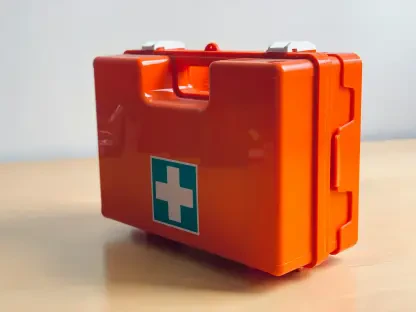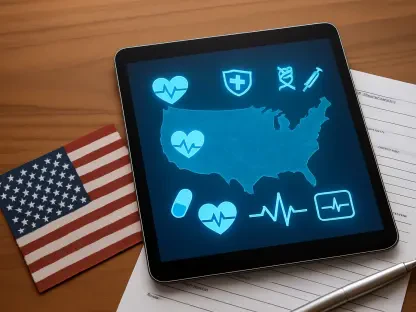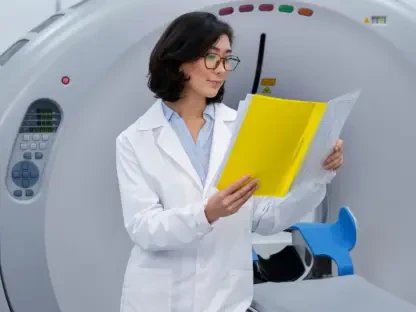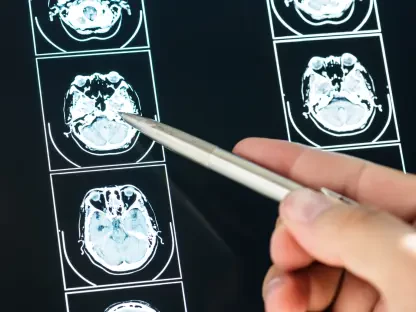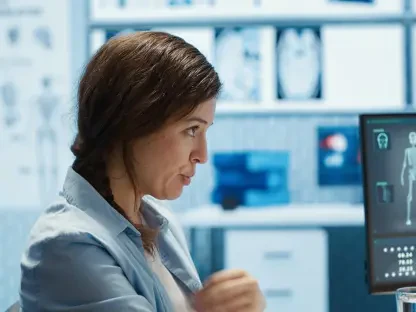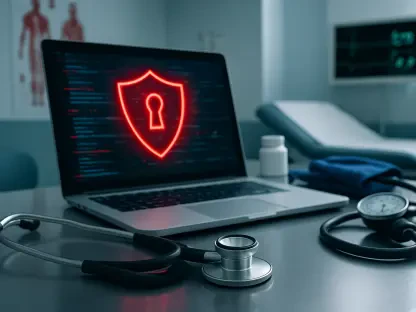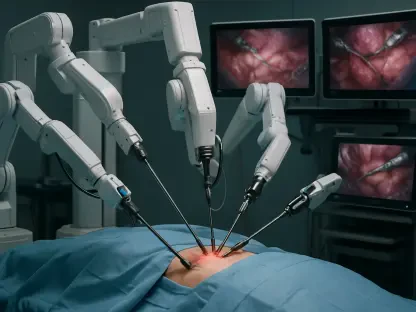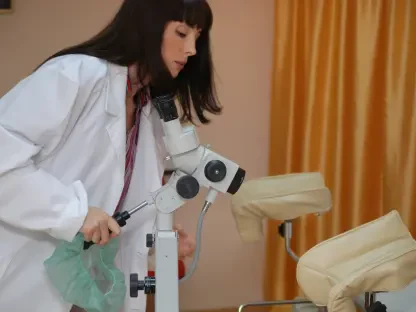In an era where healthcare technology is rapidly evolving to meet the demands of an aging population and rising chronic conditions, a new innovation has emerged to redefine how patients are monitored remotely. Imagine a world where vital health metrics can be tracked without the hassle of wearable devices or the intrusion of cameras, offering both privacy and convenience to those under care. Smart Meter, a leading US-based company in healthcare solutions, has introduced a game-changing tool that promises to address these very challenges. Known as iAmbientHealth, this ambient sensor leverages cutting-edge radar technology to monitor heart rate, respiration, and movement discreetly in the background. This development signals a significant shift in remote patient monitoring (RPM), prioritizing patient comfort while delivering critical data to healthcare providers. As the industry grapples with issues of adherence and privacy, this technology offers a compelling solution that could transform care delivery across diverse settings.
Revolutionizing Remote Patient Monitoring
Breaking Barriers with Non-Invasive Technology
The introduction of iAmbientHealth marks a pivotal moment in healthcare technology by eliminating the need for traditional monitoring methods that often burden patients. Unlike wearable devices that require consistent user engagement or camera-based systems that raise privacy concerns, this ambient sensor operates silently using radar technology. It tracks essential health indicators such as heart rate, breathing patterns, and even bed exits without any physical contact. This approach not only enhances patient comfort but also addresses a major hurdle in RPM—adherence to monitoring protocols. For many, especially elderly patients or those with chronic conditions, the simplicity of a device that requires no interaction is a game-changer. By removing the need for active participation, iAmbientHealth ensures that critical data is captured continuously, providing a more accurate picture of a patient’s health status over time. This innovation reflects a broader trend toward ambient solutions that prioritize ease of use while maintaining clinical effectiveness.
Enhancing Privacy and Patient Acceptance
Another critical aspect of iAmbientHealth is its commitment to safeguarding patient privacy, a concern that often deters individuals from adopting remote monitoring tools. With radar-based technology, the sensor avoids invasive methods like video surveillance, ensuring that personal spaces remain undisturbed. This focus on discretion is vital in building trust between patients and healthcare providers, particularly in sensitive environments such as long-term care facilities or private homes. The design also caters to those who may feel uncomfortable with constant visibility, offering a sense of autonomy while still under medical oversight. Furthermore, the technology’s ability to function in the background without disrupting daily routines adds to its appeal, making it a practical choice for diverse populations. By addressing these privacy concerns head-on, iAmbientHealth sets a new standard for RPM tools, encouraging wider acceptance and integration into everyday care practices across various healthcare settings.
Transforming Healthcare Outcomes
Predictive Analytics for Early Intervention
One of the standout features of iAmbientHealth is its predictive capability, which holds the potential to revolutionize how health issues are managed. Through advanced algorithms, the sensor can detect early signs of infections, mental health changes, or critical events up to a week in advance. Supported by a study involving over 200 patients, the technology demonstrated an impressive ability to predict more than 75% of hospital transfers while reducing hospitalizations by half. Such foresight empowers healthcare providers to intervene proactively, potentially preventing severe outcomes and improving overall patient well-being. This data-driven approach shifts the focus from reactive to preventive care, a critical need in today’s overburdened healthcare systems. For providers, having access to actionable insights means better resource allocation and more personalized treatment plans, ultimately enhancing the quality of care delivered to patients in both clinical and home environments.
Seamless Integration and Broad Accessibility
Beyond its technical capabilities, iAmbientHealth excels in its compatibility with existing healthcare infrastructures, ensuring it can be adopted widely. The sensor integrates effortlessly with Smart Meter’s smart solutions platform and the PointClickCare electronic health record (EHR) system, facilitating smooth data flow between devices and medical records. This interoperability is crucial for RPM companies, skilled nursing facilities, and other organizations looking to incorporate advanced monitoring without overhauling current systems. Additionally, its availability for both institutional and home settings broadens access to hospital-grade monitoring, catering to a diverse range of patient needs. Financially, the sensor qualifies for reimbursement under specific RPM and Chronic Care Management (CCM) CPT codes, easing the cost burden for providers. With flexible service packages tailored to clinical and business requirements, iAmbientHealth emerges as a scalable solution that aligns with the industry’s push for sustainable and accessible healthcare technologies.
Paving the Way for Future Innovations
Reflecting on a Milestone Achievement
Looking back, the launch of iAmbientHealth stood as a defining moment in the evolution of remote patient monitoring, showcasing how far technology has come in addressing core healthcare challenges. Its non-invasive radar system redefined the balance between clinical precision and patient comfort, setting a benchmark for privacy-focused solutions. The predictive analytics it offered proved instrumental in shifting care paradigms toward prevention, as evidenced by significant reductions in hospital stays during initial trials. Moreover, its seamless integration into existing platforms highlighted the importance of adaptability in modern healthcare tools. This development not only addressed immediate needs like adherence and early detection but also laid a foundation for future advancements in ambient monitoring. The impact of such a tool was felt across diverse care settings, from skilled facilities to private homes, demonstrating its versatility and real-world applicability in enhancing patient outcomes.
Envisioning Next Steps for Healthcare Tech
As the healthcare landscape continues to evolve, the success of iAmbientHealth points to actionable pathways for further innovation and adoption. Stakeholders should focus on expanding access to such technologies through partnerships with care providers and policymakers to ensure broader reimbursement coverage and support. Investing in research to refine predictive algorithms could enhance the sensor’s capabilities, potentially addressing an even wider array of health conditions. Additionally, educating both providers and patients about the benefits of ambient monitoring will be key to overcoming lingering hesitations around new technologies. Exploring integrations with emerging tools like artificial intelligence and telehealth platforms could further amplify its impact, creating a more connected and responsive care ecosystem. By building on this foundation, the industry can move toward a future where non-invasive, data-driven solutions become the norm, ultimately improving lives through smarter, more compassionate healthcare delivery.
